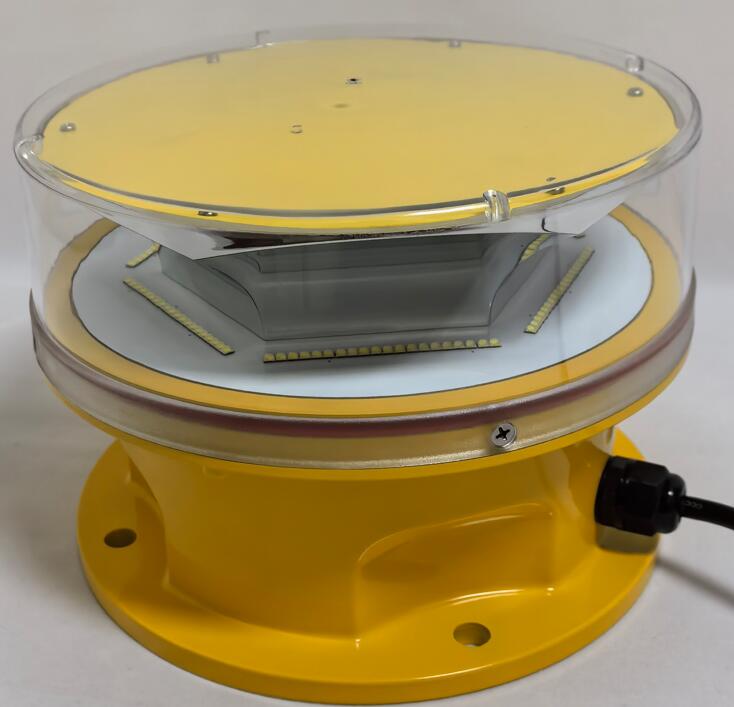Safeguarding the Skies: The Essential Role of Obstacle Lights Aviation Systems
In the rapidly evolving field of air transportation, ensuring the safety of aircraft in increasingly congested airspace is a top priority. One of the most critical elements in preventing in-flight accidents, particularly during low-visibility conditions, is the use of obstacle lights aviation systems. These specialized lights mark structures that could pose a risk to aircraft, serving as visual indicators for pilots and contributing to safe navigation both day and night.
Understanding Obstacle Lights Aviation
Obstacle lights aviation refers to a category of lighting systems installed on tall or potentially hazardous structures to alert pilots of their presence. These lights are regulated by international and national aviation authorities such as ICAO (International Civil Aviation Organization) and the FAA (Federal Aviation Administration). Their primary function is to make obstacles such as buildings, towers, cranes, smokestacks, wind turbines, and bridges clearly visible from the air.
By defining the location and height of these structures, obstacle lights help pilots maintain safe distances, especially during takeoff, landing, or flight in adverse weather conditions. These systems are a fundamental component of aviation infrastructure and are legally required for many types of structures that exceed defined height thresholds.

Classification of Obstacle Lights
Obstacle lights aviation systems are generally divided based on their intensity and color, with each type tailored to different environmental and structural needs:
Low-Intensity Obstacle Lights
These are steady-burning red lights used primarily for obstacles under 45 meters in height. They are commonly installed on small towers, rooftops, and antennas in urban areas.
| obstacle lights aviation |
Medium-Intensity Obstacle Lights
Typically used on structures between 45 and 150 meters tall. These may flash red at night or emit white light during the day. Medium-intensity lights are ideal for rural wind turbines or construction cranes near airports.
High-Intensity Obstacle Lights
These white flashing lights are designed for tall structures exceeding 150 meters, such as TV broadcast towers, high-rise skyscrapers, or offshore oil platforms. They offer high visibility across long distances, regardless of lighting conditions.
Each system is designed to be visible within a specified horizontal and vertical beam spread, ensuring pilots can detect the obstacle from various approach angles.
| obstacle light aviation |
Applications in Modern Aviation
Obstacle lights aviation systems are deployed across a wide range of environments, including:
Urban high-rises and commercial buildings
Airports and heliports
Energy infrastructure such as power transmission towers and chimneys
Renewable energy sites like solar farms and wind farms
Marine and offshore platforms
These systems are also crucial for temporary installations such as construction cranes and mobile towers, particularly in urban developments near flight paths.
Technological Developments in Obstacle Lighting
In recent years, obstacle lights aviation technology has shifted towards more sustainable and intelligent solutions. Traditional incandescent lamps are being replaced by LED-based systems, which offer numerous advantages:
Longer operational lifespan
Lower energy consumption
Reduced maintenance needs
Consistent light output in extreme climates
Moreover, solar-powered obstacle lights are being adopted for use in remote areas or locations where power grid access is limited. These self-contained units combine solar panels, battery storage, and LED lights in a compact, reliable design.
In parallel, many modern systems include remote monitoring and diagnostic features. These capabilities allow operators to receive real-time status alerts, ensuring compliance and quick resolution of any malfunctions.
Regulatory Standards and Installation Requirements
Aviation authorities around the world provide clear guidelines for obstacle lights aviation installations. These regulations address various parameters, including:
Light color and flashing pattern
Operating duration (typically from sunset to sunrise)
Synchronization of multiple lights on large structures
Maintenance schedules and reporting standards
For instance, ICAO recommends red lights for nighttime use and white strobes for daytime. Flashing frequencies are standardized to avoid confusion with other signals. In multi-structure installations, all lights must be synchronized to flash in unison for optimal visibility.
Compliance with these regulations is not only mandatory but vital for ensuring pilot awareness and airspace safety.
Environmental and Operational Considerations
While obstacle lights aviation systems enhance air safety, they must also be designed to minimize light pollution and community disruption, especially in residential areas. Solutions include:
Directional optics to limit horizontal light spill
Automatic brightness adjustment based on ambient light levels
Noise-free operation in sensitive areas like hospitals and schools
Furthermore, redundancy is built into many systems. Dual lighting circuits, battery backups, and automated failover modes ensure that lights remain functional even during power outages or system failures.
Challenges and Future Trends
As urbanization intensifies and air traffic grows, obstacle lights aviation systems must adapt to new challenges. Key areas of development include:
Integration with smart city infrastructure
Data-sharing with air traffic control for real-time risk mapping
Compatibility with UAV (drone) airspace management systems
AI-powered diagnostics and predictive maintenance
With the rise of autonomous aerial vehicles, there is increasing demand for next-generation obstacle lighting that can communicate directly with onboard aircraft systems. This will further reduce pilot workload and enhance situational awareness.
The obstacle lights aviation sector plays a pivotal role in protecting airspace and ensuring the safe coexistence of man-made structures and flight paths. These lights, though often overlooked by the public, are vital navigational aids that help pilots avoid collisions and operate safely, especially in complex or low-visibility environments.
As technology continues to evolve, obstacle lights will become smarter, more efficient, and more integrated into the broader aviation ecosystem. Whether mounted on a towering wind turbine or a city skyscraper, they will remain a silent guardian of the skies — ensuring that as we reach for greater heights, we do so safely.
